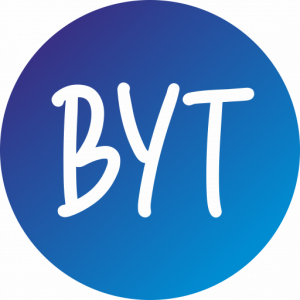Following the recent rollout of Android 15, Google has already set its sights on the next version. Android 16 is now officially confirmed to launch in Q2 2025, with a secondary, minor update planned for Q4. Google’s dual-release plan for 2025 aims to support faster device integration and app innovation through new developer APIs, ensuring an efficient update cycle for both developers and users.
Key Points
Android 16 Release Date: Major release scheduled for Q2 2025, with developer previews likely starting in December 2024.
Device Launch Alignment: The Q2 timing allows Android 16 to coincide with major device launches, ensuring quicker access to new Android features.
Pixel 10 Series Update: Pixel 10 series may receive Android 16 as early as August 2025.
Q4 Minor Update: Planned minor release with new APIs but no behavior changes, reducing developer workload for compatibility.
API Structure: Google will introduce a minor API level structure, allowing new features without modifying the primary API level.
Major Android 16 Update Slated for Q2 2025
The primary Android 16 release in Q2 2025 will be Google’s only major update for the year with significant behavior changes. By moving the release window to Q2, Google hopes to synchronize Android updates with device launch schedules, allowing more devices to adopt Android 16 more promptly. This change could mean an earlier release for flagship models like the Pixel 10 series, potentially in August 2025, enabling users to experience Android 16’s full capabilities sooner.
Additionally, a Developer Preview for Android 16 is expected to launch as early as December 2024. This early preview period allows developers ample time to adapt their applications to Android 16’s new features, enabling smoother integration and a better user experience upon release.
Minor Update Expected in Q4 2025
In addition to the major release, Google plans to introduce a minor update in Q4 2025. This smaller update will provide new APIs without implementing behavior changes, simplifying the development process for app developers who won’t need to perform additional compatibility testing. Rather than adjusting the main API level, Google will use a new minor API level system for this update, allowing for incremental improvements without compatibility concerns.
Conclusion
Google’s strategy for Android 16 reflects its commitment to a more dynamic update model. By aligning release schedules with device launches and offering a dual-release structure, Google intends to enhance Android’s integration and user experience. The early preview for Android 16 will allow developers to adapt to changes well before the full release, while the Q4 minor update introduces new APIs without disrupting compatibility. This approach ensures that Android remains a leading mobile OS, delivering both innovation and stability for users and developers alike.
Follow Before You Take on Facebook | Twitter | WhatsApp Channel | Instagram | Telegram | Threads | LinkedIn, For the Latest Technology News & Updates | Latest Electric Vehicles News | Electronics News | Mobiles News | Software Updates











































































































































